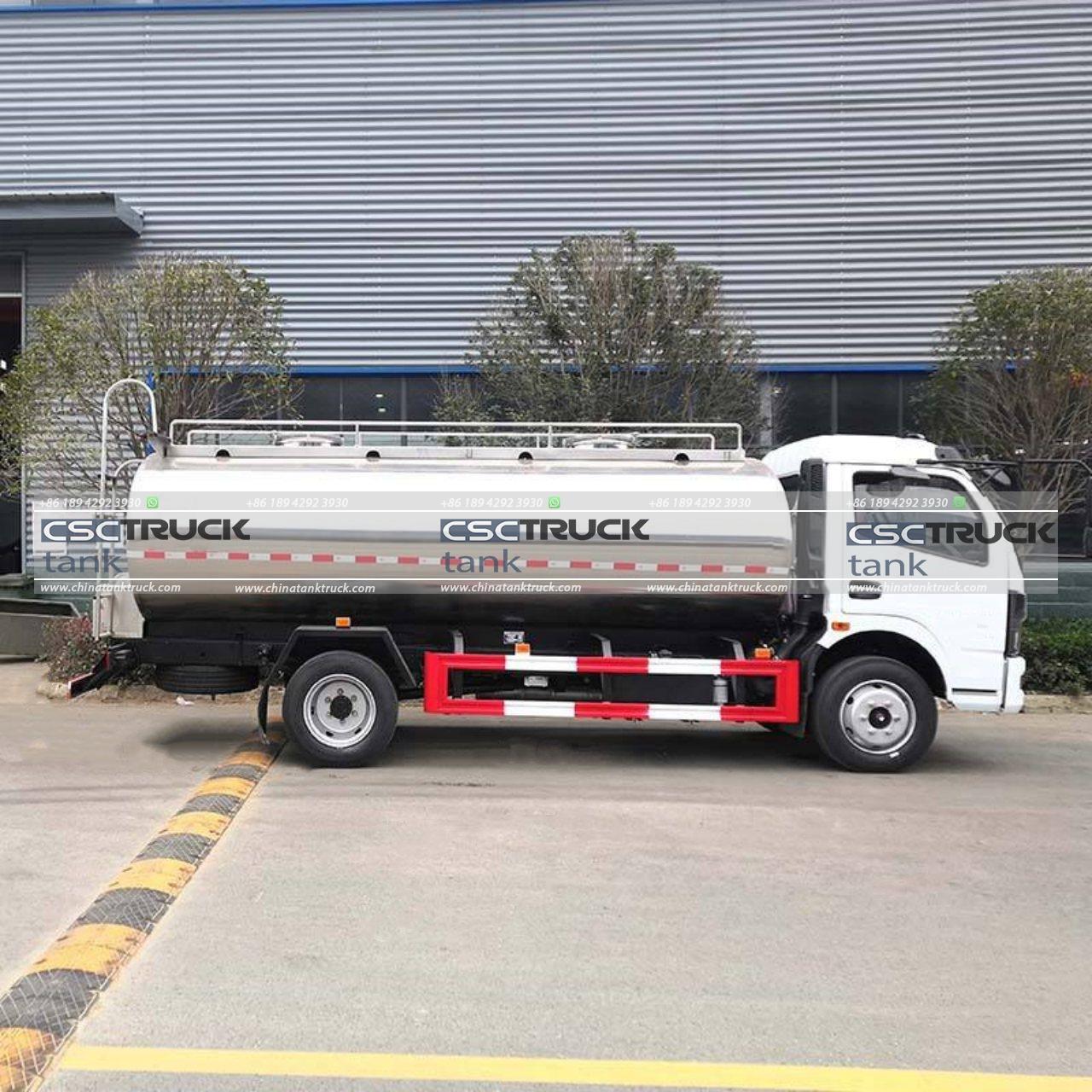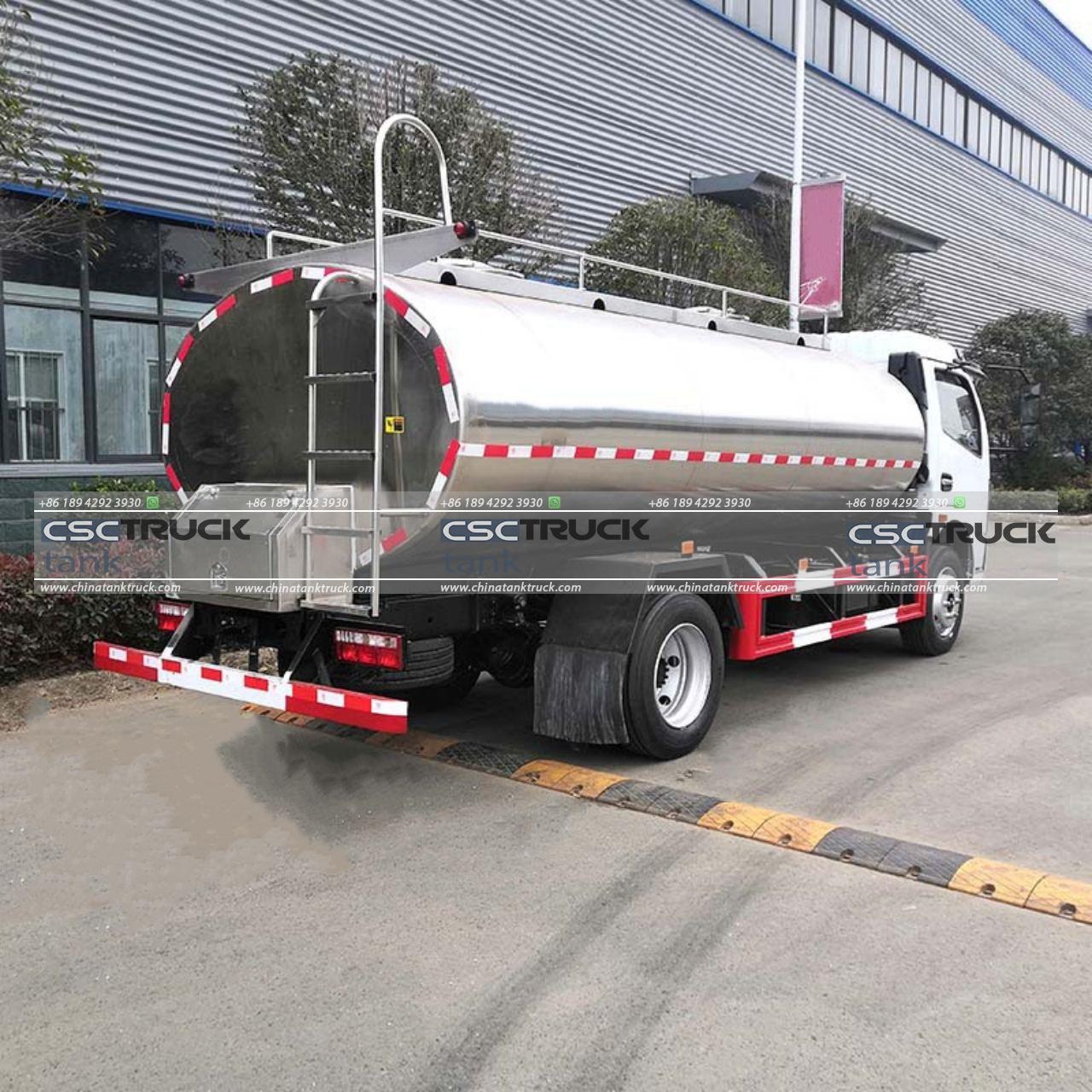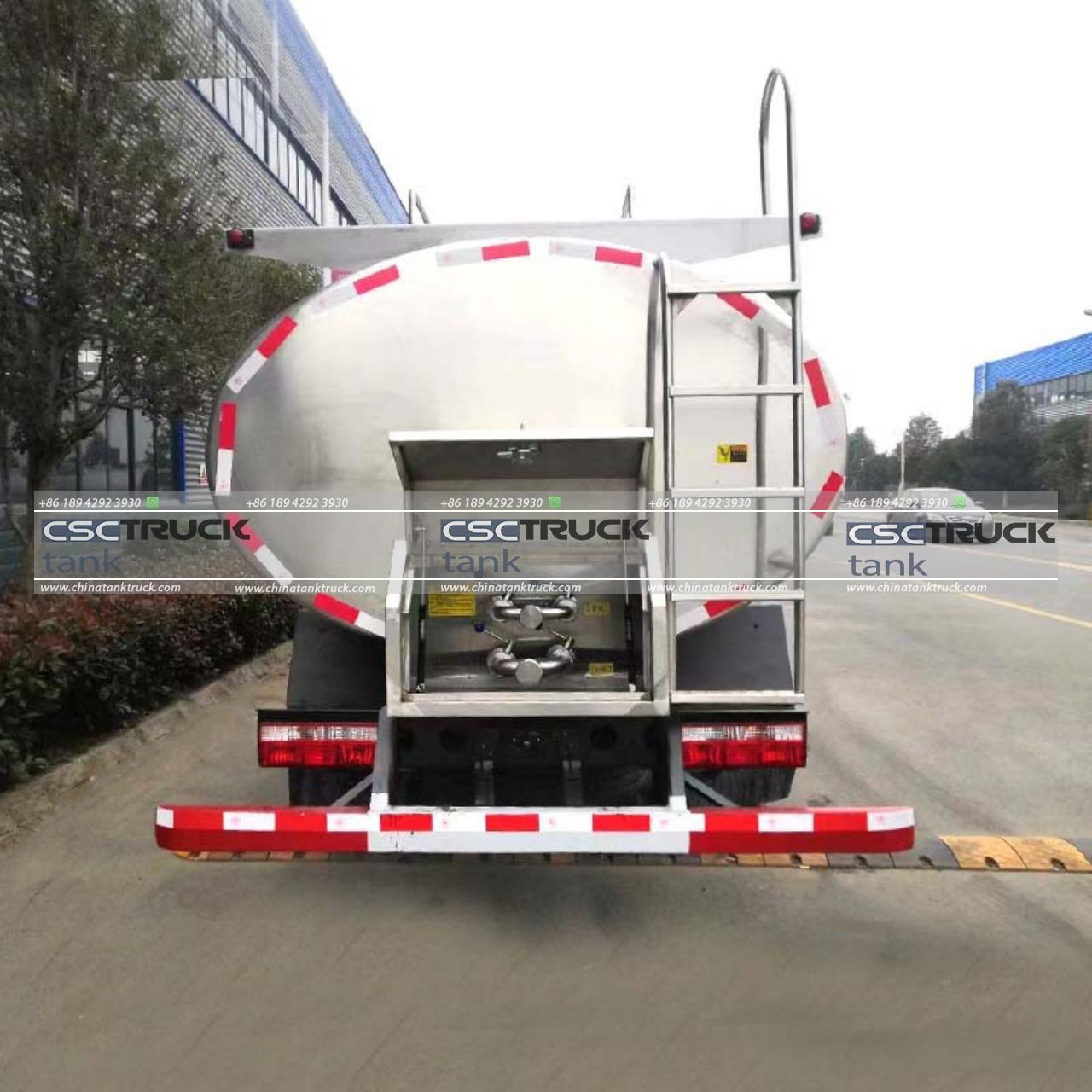What is the Function of a Milk Tank?
Milk tanks play an essential role in the dairy supply chain, ensuring that milk maintains its quality, freshness, and safety from the farm to processing plants. The function of a milk tank goes beyond mere storage; it involves precise temperature control, hygiene, and efficient logistics to support large-scale dairy distribution. Understanding the function of a milk tank involves exploring its role in milk storage, refrigeration, and transportation, all of which are integral to meeting food safety standards and satisfying consumer demand for fresh, high-quality dairy products.
In this article, we’ll dive into the multifaceted functions of milk tanks, looking at how they support milk storage on farms, the critical aspects of milk transportation tanks, and their role in the broader dairy industry.
1. Milk Storage on Farms
Milk storage tanks, commonly known as bulk milk coolers or farm milk tanks, are used on dairy farms immediately after milking. Once milk is collected from cows, it is stored in these tanks to maintain freshness until it can be transported to a processing plant. The key functions of these on-farm milk tanks include:
– Temperature Control: Freshly milked milk is warm, typically around the body temperature of a cow (101°F or 38.5°C). Milk tanks are designed with a refrigeration system to quickly cool milk down to an optimal storage temperature, usually around 39°F (4°C). Rapid cooling is essential to inhibit bacterial growth and preserve milk quality. Farm tanks are fitted with efficient chillers and temperature monitoring systems that maintain this temperature consistently, ensuring the milk is fresh and safe for processing.
– Storage Capacity: Dairy farms vary greatly in size, and so do their milk tanks. Milk tanks are manufactured in a range of capacities to suit different farms, from a few hundred to several thousand gallons. Large farms may use multiple tanks, allowing for continuous collection, while smaller farms may have a single, sizeable milk tank. This capacity ensures that all milk produced can be stored safely until collection.
– Hygiene and Cleaning: Proper hygiene is critical in milk storage tanks to prevent contamination. Most tanks are made of stainless steel, which is corrosion-resistant, easy to clean, and does not affect milk taste or quality. These tanks often come with automatic cleaning systems (CIP – Clean-In-Place) that regularly sanitize the tank interiors using high-pressure water, detergents, and sanitizing agents. This automated process prevents bacterial buildup and contamination of milk.

2. Milk Collection and Transportation
Once milk is stored in farm tanks and cooled to the desired temperature, it is ready for collection by milk tanker trucks. These specialized vehicles are equipped with large milk tanks that perform vital functions in transporting milk from farms to processing plants.
– Insulated Tank Design: Milk tanker trucks are designed to maintain the temperature of the milk during transport. To prevent temperature fluctuations, which could compromise milk quality, these tanks are heavily insulated. While the milk is cooled in the farm tanks, it generally does not require active refrigeration during transportation if it’s kept at a steady temperature. Insulated tanks can keep milk cold over long distances, which is essential for dairies located far from processing facilities.
– Pump and Hose Systems: Milk tanker trucks are equipped with powerful pump and hose systems to transfer milk from farm storage tanks into the transport tank. These pumps are designed to move large volumes of milk quickly while minimizing agitation. Excessive agitation can cause milk foaming or butterfat separation, which would affect the milk quality. The pumping systems on milk tanker trucks are specifically designed to handle the delicate nature of raw milk.
– Segmentation for Quality Control: Many milk tanks on transportation trucks have internal compartments, allowing for the separation of milk from different sources. This is useful for quality control, as milk from each farm can be individually tested at the processing plant. If one batch is found to be contaminated or below quality standards, only that batch is discarded, rather than the entire tank of milk. This segmentation helps dairy companies manage quality control and minimize losses.
3. Role of Milk Tanks in Quality Assurance
The design and operation of milk tanks play a significant role in ensuring that milk remains in the best possible condition from farm to consumer. Milk is highly perishable, and proper handling at every step of the process is essential for food safety. Milk tanks help ensure quality through:
– Bacterial Control: Bacteria thrive in warm, nutrient-rich environments, so maintaining cold temperatures is key to keeping milk safe. Milk tanks on farms cool milk quickly, minimizing the time it spends at temperatures conducive to bacterial growth. The closed design of these tanks also reduces exposure to contaminants from the environment. Combined with regular cleaning protocols, milk tanks help keep bacterial levels low.
– Monitoring Systems: Many modern milk tanks come with advanced monitoring systems that track temperature and record data over time. Dairy farms and transport companies can use this data to identify any issues in the cooling process or deviations from optimal storage conditions. If the temperature rises, it can alert the operators to take corrective action before quality is compromised.
– Regular Quality Testing: Milk collected from different farms often varies in quality. Tankers are designed with sampling valves that allow milk inspectors to take samples and conduct quality tests. By testing each batch, dairy companies can verify the quality of milk and take necessary actions if inconsistencies are found. This supports food safety, traceability, and adherence to strict industry standards.

4. Processing and Pasteurization
Once milk arrives at a processing plant, it is transferred from milk tanker trucks into large holding tanks. These tanks have similar functions to on-farm tanks, providing a temporary storage solution before pasteurization and further processing.
– Holding and Buffer Storage: Processing facilities may receive milk from multiple farms, and holding tanks are used to store milk temporarily. They act as a buffer to balance the supply of incoming milk with the capacity of the processing lines. This ensures a smooth and continuous processing workflow.
– Facilitating Pasteurization: Holding tanks at processing facilities are often integrated with pasteurization systems. Milk from these tanks is pumped into pasteurization equipment, where it is heated to destroy harmful bacteria. The milk tanks support an efficient transition from raw milk to pasteurized, ready-for-sale dairy products.
5. Environmental and Economic Impact
Efficient milk tanks not only contribute to milk quality but also offer environmental and economic benefits.
– Energy Efficiency: Modern milk tanks use advanced cooling systems and insulation to reduce energy consumption. Maintaining cold temperatures with minimal energy waste reduces costs for dairy farms and transportation companies and supports environmental sustainability.
– Reducing Waste: By ensuring that milk remains fresh and safe throughout storage and transportation, milk tanks minimize waste. If milk spoils due to poor temperature control, it has to be discarded, resulting in both economic losses and wasted resources. Well-maintained milk tanks help prevent spoilage, supporting sustainable production.

Conclusion
The function of a milk tank is critical in ensuring that milk moves from farms to processing plants safely, maintaining freshness, and quality. From storage and refrigeration on farms to insulated transport by tanker trucks, milk tanks preserve milk in optimal conditions. Their role in temperature control, hygiene, quality assurance, and efficient transport highlights how milk tanks contribute to the success and sustainability of the dairy industry. Without these specialized tanks, the supply of fresh milk and dairy products to consumers would be compromised, underscoring their importance in our daily lives.

